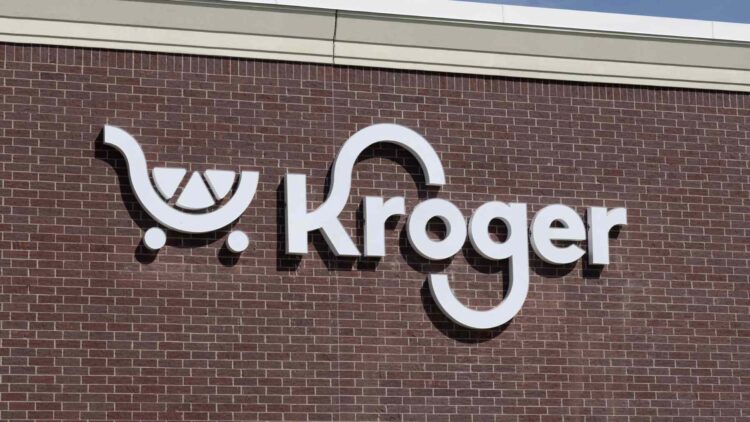While many retailers seemed to be suffering under the strain of Trump’s new tariffs, one type of store that seemed to be, if not impervious, a lot safer that most, is grocery stores and supermarket chains, after all, people still have to eat, and it is hard to break the patter of which supermarket to go to after years of routine. But it seems like consumers are being forced to change these consumer habits, and quickly, as their pockets get more and more empty and are forced to choose more affordable, even if they are less convenient options. That is making some of the least stable chains close down locations, and one of the most unexpected ones is Kroger.
With more than 1,200 stores nationwide, the closings that have been announced will not really have a massive impact on its footprint, just 60 supermarkets have been scheduled to close their doors, which makes approximately 5% of its inventory. Still, considering the overall situation and its competitors circling the waters like sharks, it is not a surprise that this is making a splash. Which stores in particular will be closing has not yet been announced, to the chagrin of those who want to get ahead of the situation, but it will be soon, and they will make their move to try to take over with the bereft clientele.
The Kroger closure announcement and potential plans for the future
While they have stores in almost every state, Kroger has a particularly strong presence in the South and the central part of the United States, mainly in Texas, Ohio, Georgia, Tennessee, Kentucky, Indiana and Michigan, which have been its stronghold for years. But the changes in the market have made it so that they have started to prioritize optimizing resources rather than maintaining indiscriminate geographic expansion, which seems to hae been the theme of years past when the economy was good and it made sense to try to reach the public by opening a store in a mildly underserved area and hoping for the best.
To be fair, this worked for a very long time, but changes in consumer habits, plus the internet, plus the stiff competition that is coming from allegedly cheaper retailers like Walmart is making their physical presence in some locations unsustainable, especially since they can likely get away with a distribution center in areas where online shopping is more prevalent than in store shopping.
“We’re simplifying our business and reviewing areas that will not be meaningful to our future growth. Unfortunately, today, not all of our stores are delivering the sustainable results we need,” said Kroger Chairman and Interim CEO Ronald Sargent in the June 20 earnings call where they announced the change. “We don’t take these decisions lightly, but this will make the company more efficient, and Kroger will offer roles in other stores to all associates currently employed at affected stores.”
Kroger’s CEO shared this update in conjunction with its financial report for the first quarter of 2025. During the period, the company posted $45.1 billion in sales, just under the $45.3 billion recorded in the first quarter of the previous year. Additionally, a $100 million expense was noted in connection with its ongoing restructuring efforts.
According to Erin Rolfes, Kroger’s Director of Media Relations it is a necessary evil that must happen in order to keep operations running long term and in a more efficient way. As she explained “These closures will generate a modest financial benefit that will be reinvested in improving the customer experience.”
Meanwhile, Michael Ryan, an independent financial consultant, noted that “these closures are not random; they are strategic moves to eliminate units that are no longer profitable and thus protect the company’s financial health.”

